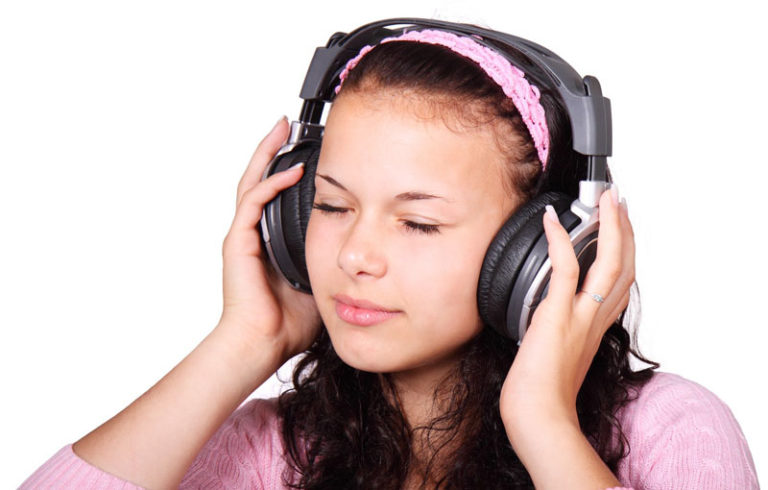Facts Behind APD Issues
The facts behind auditory processing issues
Hearing is primarily physiological and anatomical and is passive. Simply put it is the ability of the ear to hear incoming sounds at a normal threshold.
- Listening is a focus activity. Listening is an active process that requires motivation and the intention to take in, process and respond to information.
- Listening also involves the ability to tune out distractions and irrelevant sounds. Listening is a focussing activity.
- Listening actually begins prior to birth – the ear is developed by 4.5 months of intrauterine life.
- We learn to hear by two methods: air conduction and bone conduction.

Air conduction
The sound waves travel to the outer ear where they hit the eardrum and mechanically transmit vibration to the inner ear via the little bones in the middle ear.
- Bone Conduction – The vibration of the sound is conducted by our skeletal structure to the inner and to the rest of the body.
- The ear is the transducer that converts the physical properties of sound and vibration into electrical properties that the brain can process.
- The voice only contains that which the ear can hear.
- If one brings to the damaged ear the possibility of hearing the lost or compromised frequencies correctly, these are instantly and unconsciously restored in the vocal emission.
- Sufficient auditory stimulation will provide a lasting improvement of the ability to listen and consequently better reproduction of sound.
- The speed of auditory processing is significant for comprehension – if the speed is slow the person cannot keep up with the rate at which auditory information is received and part of the sequence is lost.
- For the brain, sound is a ‘nutrient’. The brain needs this ‘nutrient’ and cortical stimulation for optimal functioning.
- High end frequency sounds have a nourishing and energizing effect on the nervous system.

- The Vestibular System is the first sensory system to develop, it is fully developed by 14 weeks after conception and influences nearly everything we do. It allows us to stand upright, maintain balance, govern our speed and movement through space. It also coordinates the information that comes from the 5 senses (including hearing) and the receptors on muscles, joints, hands,feet, fingers, jaw and skin. If the vestibular system is dysfunctional, other parts of the body will also be dysfunctional. The vestibular system is sometimes referred to as “the 6th sense”.

- A sensory-neural hearing loss is due to nerve damage and cannot be improved.
- Conductive hearing loss is due to a blockage of sound entering the inner ear and may result from ear wax or ear infection. Once the blockage is removed air conduction will usually return to normal. Listening sessions can further improve the air conduction processing of sound.
- Ear infections in young children are known to affect auditory processing ability as the middle ear becomes blocked with fluid and cannot adequately process air conduction sound. Ear grommets drain fluid from the ear allowing it process normally. If air conduction hearing is blocked, phonics capability is reduced or missed. Phonics capability is essential for literacy.
- Pitch Discrimination is the ability to recognise the relationship between high and low tones. Meaning is often carried by the tone of our voice and emotions or how and where we put stress on important information. If pitch cannot be processed or recognised, dysfunction occurs.
About Us
Our aim is to provide quality educational assistance to students in a rural situation in the South East of South Australia
Contact Us
0473883139
carol@kl3.com.au
PO Box 1176
5 Pinkerton Rd
NARACOORTE SA 5271
